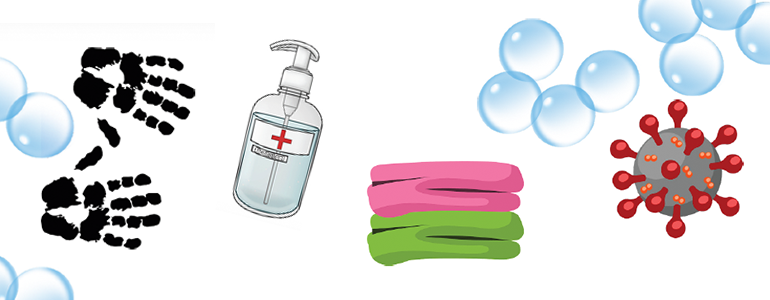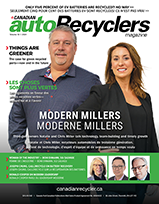DISINFECTION DONE RIGHT
CLEANING THROUGH YOUR COMPETITION
In the wake of the coronavirus pandemic, the general public remains cautious about touching surfaces others hands have been in contact with. As a result, consumers are still drawn to facilities which advertise thorough disinfection policies to consumers. But what does a thorough disinfection process involve?
WHEN CLEANING A VEHICLE:
USE SOAP AND WATER— BUT NOT ON UPHOLSTERY
While it may be simple, soap is one of the best weapons in your anti-microbial arsenal. Be careful when using it on vehicle interiors though. Water is easily absorbed by upholstery, it can leave behind a musty smell, and even allow mold to develop.
USE ALCOHOL-BASED DISINFECTANTS
According to the Centre for Disease Control and Prevention, alcohol solutions containing at least 70 percent alcohol should be effective at killing most microbes. Unlike water, mold can’t survive in alcohol—but be careful before putting it on the upholstery. Most commercially available alcohol-based cleansers include some form of gelling agent. Only pure isopropyl alcohol can be used without leaving behind a residue.
BE GENTLE AND USE A MICROFIBRE CLOTH
Regardless of what cleaning products you use, a gentle touch is recommended. Rubbing too vigorously could remove the dye in some leathers, and even damage vehicle paint surfaces. “Just think about how many surfaces are touched in an average car trip,” said Jon Linkov of Consumer Reports’ automotive division. “Door handles inside and out, control knobs and buttons, the touchscreen — even directional and wiper controls are touched virtually every time someone drives their vehicle.”
BE SURE TO HIT THE HOTSPOTS
Some parts of a car are more likely to be touched than others. The most likely places to house microscopic invaders are steering wheels, gear shifts, all door handles, internal handles, turn signals, wiper controls, window controls, seat adjusters, lock buttons, entertainment module’s buttons, armrests and any touch-based LCD screens.



















